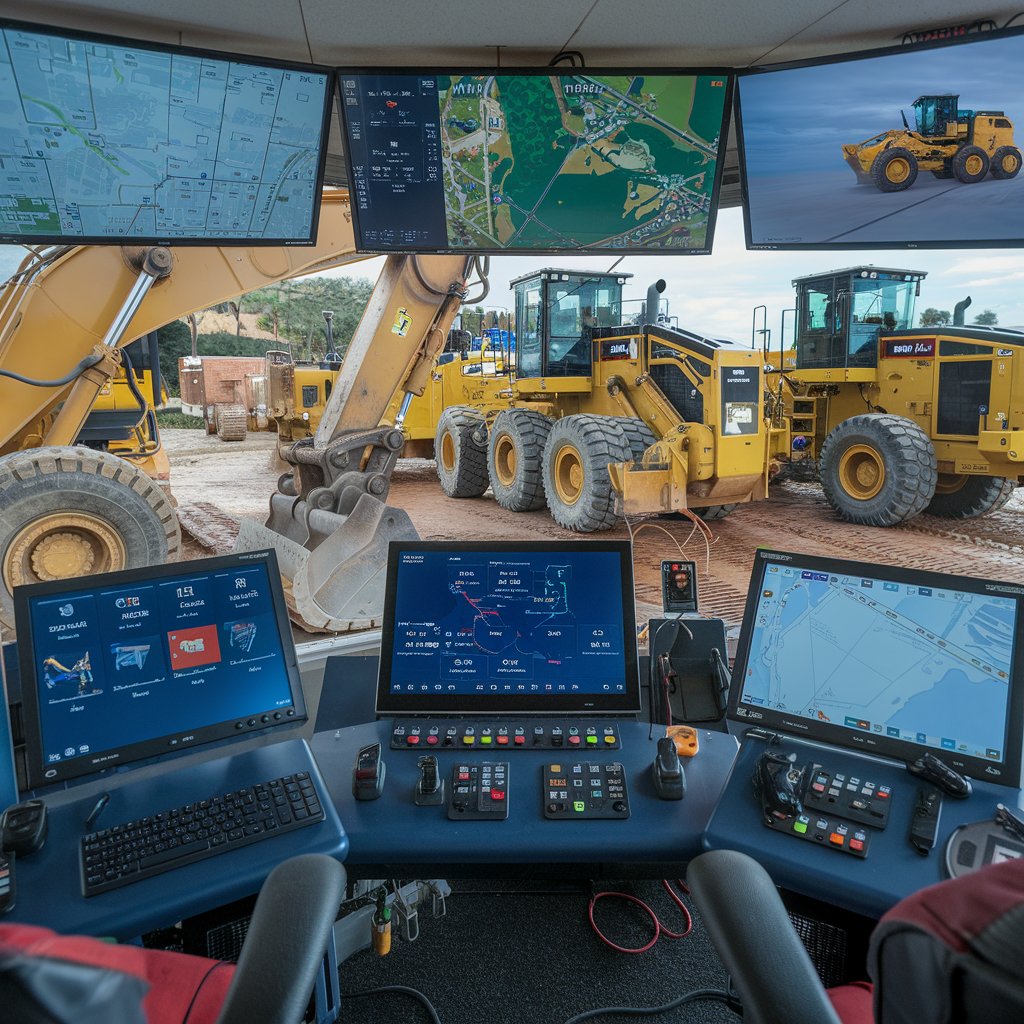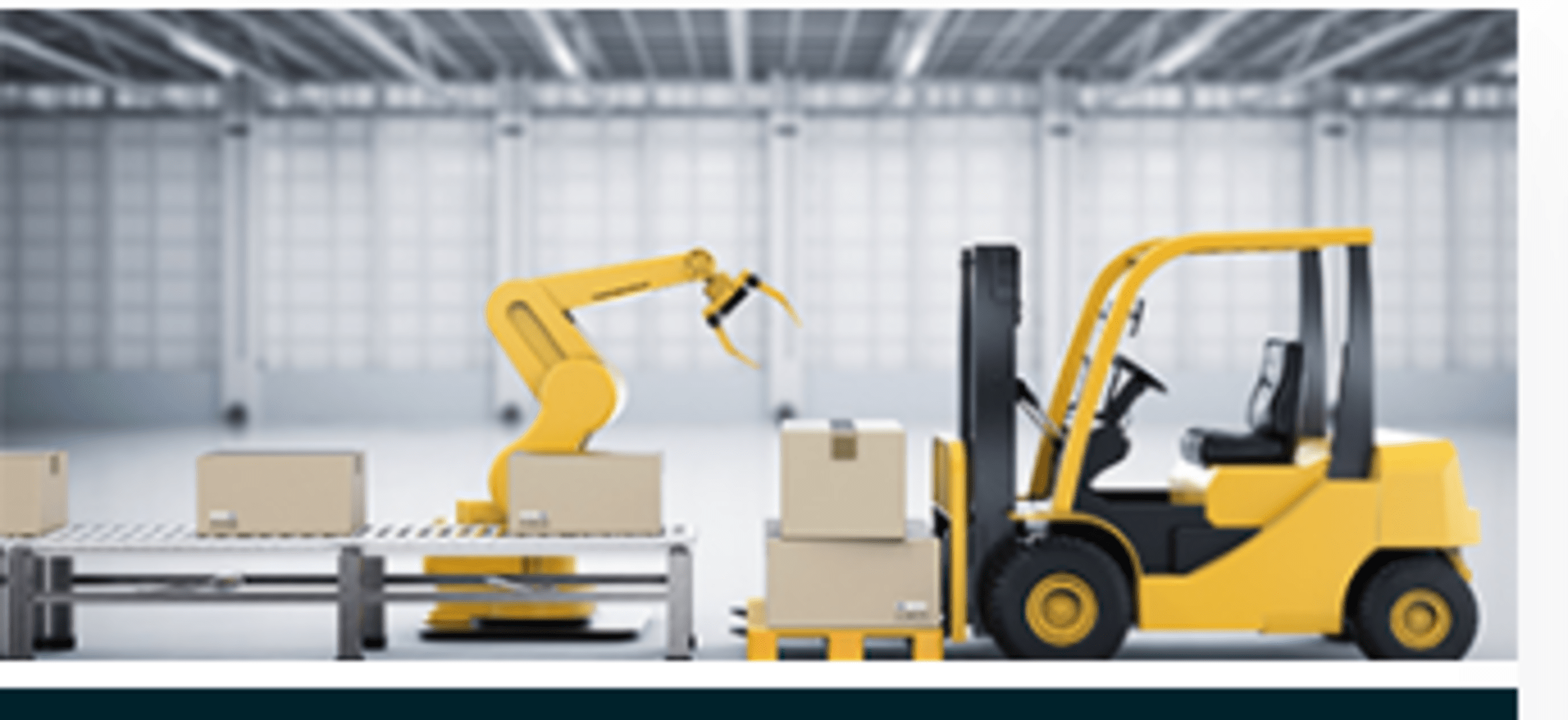The U.S. construction and heavy equipment industry is undergoing a digital transformation—and at the heart of this evolution is the rapid adoption of machine control systems powered by 3D guidance and real-time tracking technologies.

These smart systems are revolutionizing how bulldozers, graders, excavators, and other machinery operate on job sites. The result? Improved precision, reduced rework, higher efficiency, and safer environments.
What Are Machine Control Systems?
Machine control systems are advanced technologies that enhance the automation and accuracy of heavy equipment by integrating GPS, GNSS (Global Navigation Satellite System), laser scanners, and sensors.
These systems guide operators or machines using real-time positioning data, 3D models, and mapping information. The result is millimeter-level precision, which minimizes human error and reduces material waste and fuel consumption.
The Rise of 3D Machine Guidance
While traditional 2D systems have been in use for years, the shift toward 3D machine guidance is a game-changer.
Key Benefits:
Real-Time Topography Mapping: Machines adjust automatically based on live site conditions.
Reduced Surveying Needs: Eliminates time-consuming and costly site surveys.
Higher Productivity: Operators can work faster and with greater accuracy.
Remote Monitoring: Project managers track work progress and asset performance in real time.
Construction firms using 3D machine control report up to 50% reduction in job completion time and significant savings in project costs.
Real-Time Tracking: The Backbone of Modern Job Sites
Real-time tracking, often enabled by GNSS and telematics, allows site supervisors and contractors to:
- Monitor equipment movements and performance
- Track progress against project plans
- Identify and address delays or bottlenecks
- Increase fleet utilization and reduce idle time
With this visibility, construction teams are better equipped to manage complex projects, meet deadlines, and stay within budget. In large-scale projects like highways, railways, or airports, these systems are proving indispensable.
Download PDF Brochure @
https://www.marketsandmarkets.com/pdfdownloadNew.asp?id=62579001
Drivers Behind Market Growth in the U.S.
1. Infrastructure Investment Boom
The U.S. Bipartisan Infrastructure Law is fueling massive investments in roads, bridges, water systems, and broadband networks. With billions allocated for modernization, the demand for automated construction technologies—including machine control—is surging.
2. Labor Shortages Accelerating Automation
The ongoing labor shortage in skilled trades is pushing contractors to adopt smart systems to offset workforce gaps. Machine control systems help less-experienced operators achieve expert-level accuracy.
3. Advances in GNSS and Sensor Technology
High-precision GNSS solutions are now more affordable and accessible. Coupled with LIDAR, laser-based sensors, and inertial measurement units (IMUs), these technologies are transforming the capabilities of machine control systems.
4. Digitization of Construction Workflows
The move toward digital twins, BIM (Building Information Modeling), and cloud-based project management is creating synergy with machine control systems. Seamless data exchange between design, field, and office is now achievable.
Applications Transforming Key Sectors
Construction
Grading, trenching, site prep, and foundation work benefit immensely from machine control systems. Companies like Caterpillar, Trimble, and Topcon are leading the charge with integrated 3D guidance systems.
Agriculture
Precision agriculture is being supercharged with machine control on tractors and harvesters. Real-time tracking of crop lines, soil levels, and yield maps leads to better farm productivity and sustainability.
Mining and Quarrying
In these industries, safety and efficiency are paramount. Machine control ensures accurate digging and hauling, reducing the need for manual checks in hazardous environments.
Transportation & Infrastructure
Large-scale infrastructure projects, including railroads, airports, and highways, rely heavily on 3D guidance for precise earthmoving and grading, ensuring compliance with strict engineering specs.

Major Players in the U.S. Market
Trimble Inc. – A pioneer in machine control and construction automation.
Topcon Positioning Systems – Known for integrated 3D GPS/GNSS systems.
Leica Geosystems (Hexagon) – Offers end-to-end solutions for digital site management.
Caterpillar – Embedding advanced control tech directly into its heavy machinery.
Komatsu – Focused on smart construction with semi-autonomous machinery.
Investment and Innovation Landscape
The U.S. machine control system market is becoming a hotspot for strategic partnerships, acquisitions, and R&D investments.
Recent highlights:
Trimble and Boston Dynamics have partnered to integrate robotics with machine control.
Topcon’s collaboration with Bentley Systems enhances data exchange between digital design and field execution.
Startups in AI-driven equipment automation and cloud-based site management are drawing attention from venture capitalists.
With continued tech convergence, the market is ripe for M&A and private equity roll-up strategies, especially for firms offering interoperable solutions and recurring software revenue models.
Challenges to Watch
- Despite rapid growth, a few hurdles remain:
- High upfront costs for small contractors
- Lack of skilled technicians to manage advanced systems
- Fragmented standards across different OEMs and platforms
- Integration complexity with legacy equipment
To mitigate these challenges, companies are offering subscription-based machine control models and investing in training programs to upskill operators and engineers.
The Road Ahead: What’s Next for the U.S. Market?
By 2028, experts predict:
Over 75% of new heavy equipment sold in the U.S. will be equipped with advanced machine control.
AI and machine learning will enhance predictive capabilities and autonomous decision-making.
Augmented reality (AR) will provide immersive interfaces for machine operators.
Cloud-based job site platforms will seamlessly connect design, execution, and reporting.
The fusion of hardware and software will drive a shift from manual operation to data-driven, autonomous workflows—changing the face of construction and heavy industries across the U.S.
Conclusion: Precision Is the Future
The transformation of the U.S. machine control system market through 3D machine guidance and real-time tracking represents more than just an upgrade—it’s a fundamental shift in how work is done.
As the nation rebuilds its infrastructure, addresses labor shortages, and embraces digital innovation, machine control systems are becoming a must-have rather than a luxury. For industry leaders, contractors, and investors alike, this is a moment of opportunity.
The machines are getting smarter—and the smartest move might be to invest in the tech that controls them.
